Winter this year has been cold and wet, and I’ve gotten sick more than once, so no field trip happened this month. I have however been reading ‘Where Song Began’ by Tim Low, which has been very interesting, and has taught me a lot of things about Australian (and international) birds and biogeography that I didn’t previously know.
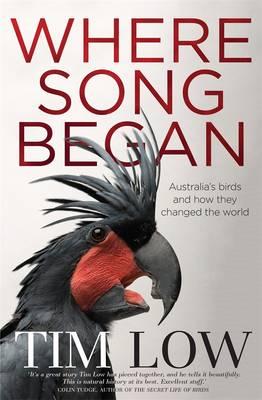
‘Where Song Began’ presents evidence that many of the world’s birds – including all of the world’s songbirds and parrots – are descended from species that originally evolved in Australia or Gondwana and dispersed from here to populate the rest of the world. The book also explores the complex interrelationships between Australian birds and vegetation, including bird dispersal of seeds and pollen explaining some national and international plant species distributions, and the role of nectar-feeding and bird-driven pollination in the development of Australia’s characteristic suite of big, loud, aggressive, gregarious, often colourful birds. It’s a very interesting book, and I recommend it to anyone interested in learning more about Australian bird ecology and evolution.
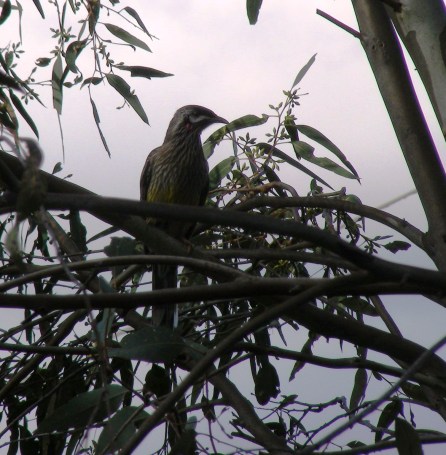
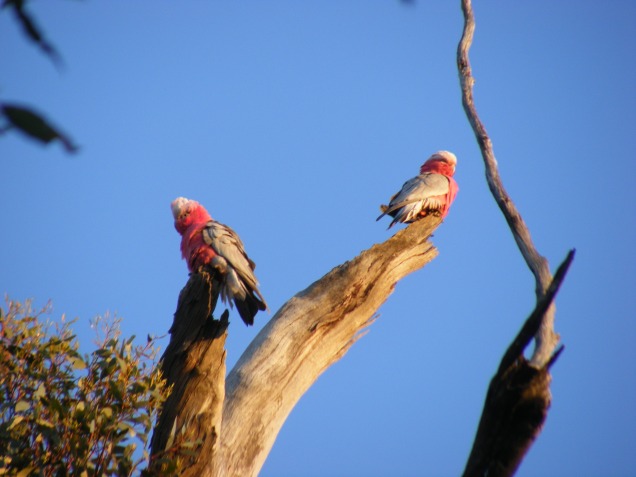
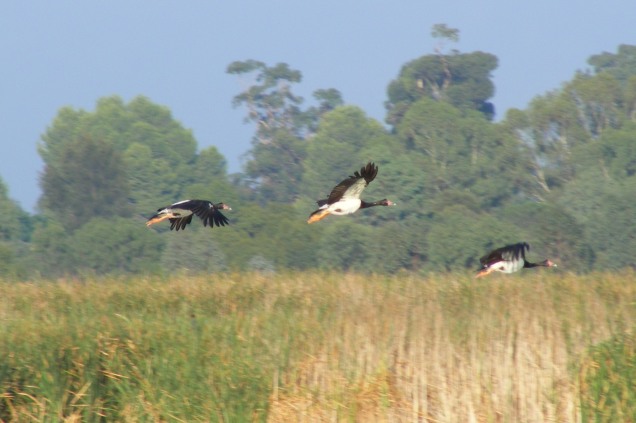
‘Where Song Began’ starts with a discussion of how sugar as an abundant bird food-source (in nectar and other forms) drove the development of large, aggressive birds such as honeyeaters. Subsequent chapters discuss parrots (many of which are also large and aggressive), lyrebirds (very large), and cassowaries (frankly enormous), amongst other species.
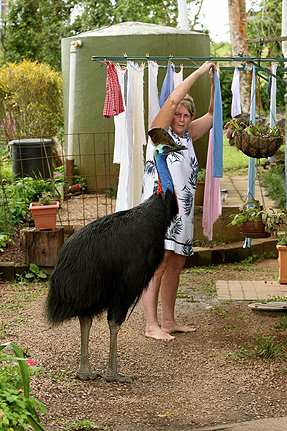
A repeated message is that, compared to much of the rest of the world, Australia has BIG birds. Certainly we have very small bird species as well, and other continents support very large birds, but on the whole, the birds that most Australians are most familiar with tend to be larger in size than the majority of birds most familiar to people in many other parts of the world.
This then got me thinking about other books I’ve read over the years that referenced bird sizes, and my own gradual journey to the understanding that Australia’s birds are actually quite large by most standards.
Growing up, one of my favourite novels was ‘Freckles’ by Gene Stratton Porter. The story was written in the early 1900s and is about a young man named Freckles who is hired by a lumber merchant to protect a valuable patch of timber in the Limberlost Swamp in Indiana from illegal felling by timber thieves. Freckles falls in love with the swamp, and the rich diversity of plant and bird life there, and adopts a breeding pair of vultures, which he refers to as his ‘chickens’. The ‘chickens’ are identified in the book as Cathartes atrata or ‘Black Vulture of the South’. When I was a child we didn’t yet have internet, so I was never able to look up Freckles’ chickens and see what they looked like, and a Google search today has found no species named Cathartes atrata, so I’m assuming the name has been changed in the last 100+ years, or possibly the species has gone extinct. I have found an American species called Coragyps atratus, aka Black Vulture, which has a southerly distribution, and belongs to the family Cathartidae, so perhaps that’s it, although it might not be. (I also found this historic bulletin entry recounting what sounds like the first official listing of the presence of Cathartes atrata in Virginia in the late 1800s, which is cool.)
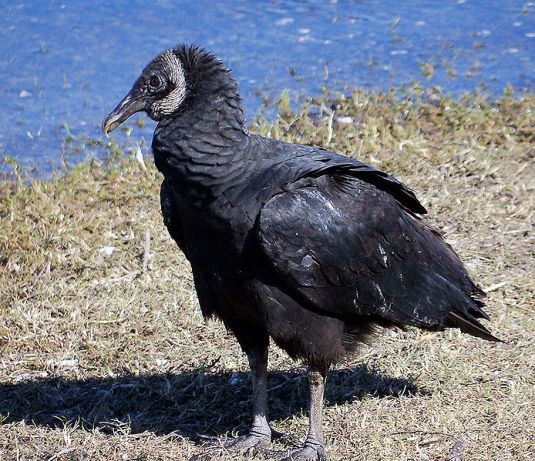
When Freckles first sees the vultures he’s startled by their size. To quote the book: ‘He had seen some owls and hawks of the swamp that he thought might be classed as large birds, but never anything like this, for six feet it spread its big shining wings. The sun glinted on its sharp, hooked beak. Its eyes glowed, caught the light, and seemed able to pierce the ground at his feet.’
As a child, this was always a bit confusing to me, owls and hawks being not terribly larger than most birds of my acquaintance, and significantly smaller than wedge-tailed eagles and emus, both of which live in my local region and formed my original baseline for ‘large birds’ (indeed, the park down the street from my house had captive emus, so I literally grew up beside birds that were originally taller than me). I could concede that the vultures were pretty big, but couldn’t understand why Freckles thought the owls and hawks counted as ‘large birds’.
I’ve never been overseas, and am therefore only familiar with most international bird species through pictures, many of which lack meaningful size comparisons (and to be perfectly honest, I don’t look up international bird species very often, unless I have a particular reason to). It wasn’t really until last year that I actually understood how much larger my familiar suite of ‘normal-sized’ birds is compared to the suites of ‘normal-sized’ birds common to many other parts of the world. Last year I read ‘Wild Hares and Hummingbirds’ by Stephen Moss, a naturalist from the Somerset Levels in the UK. Throughout the book he mentions multiple species of birds common to his local patch, many of which I’d never heard of, and which I decided to look up on online. So many little tiny, brown, twittery things. I would not have the slightest hope of being able to tell them apart, but Stephen Moss was rattling them off like they were as easy to tell apart as a corella from a sulphur-crested cockatoo. This brought home to me rather abruptly that huge numbers of great big, loud, obvious, colourful, easily-identified birds are probably rather unusual by many people’s standards.
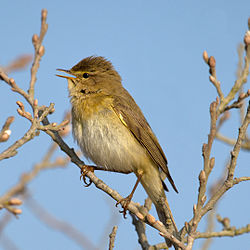
As I mentioned above, Australia – including my local patch – has its own share of little brown twittery things, but they don’t form the majority of the bird fauna I see on a regular basis – by my standards these are small to very small birds, and species the size of galahs and magpies are ‘average sized’. I’m now coming to realise that my perception is skewed, and the birds I consider to be ‘average’ or ‘medium’ in size are, globally speaking, large birds. I would like to thank the above-mentioned authors – and all those photographers on the internet – for helping me to come to this realisation and gain a greater understanding of both Australian and international bird species and the similarities and differences among them.
Also, I highly recommend the three books I mentioned – they’re all really good reads.
You know, black vultures go up as high as Maryland at least. I know this because I accidentally mistook them for ravens once and got too close to them on my bicycle while they were feeding. To be fair, I wasn’t wearing my glasses and also they’re smaller than the vultures I’m used to seeing in VA, which are primarily turkey vultures. Those get pretty ginormous. Anyway, I see the black vultures, like, once or twice a year, usually feeding on roadkill and such. Vultures are aggressive, though, so I stay away from them.
I’m not sure how many parrot types y’all have down there, but those colors are a little muted to the type of parrots I’m used to seeing. Are your parrots mostly pastel-ish, like those? My family is from Mexico, you know, and my uncle had a parrot from down there once. The (rather docile) bird was so colorful and vivid it almost hurt your eyes to look at, and very intelligent too. A burning red and yellow and blue, I believe.
I think it’s funny that you’ve come to realize how large your local birds are *snickers* They’re friggin’ HUGE. They do -not- get like that where I live. But you become accustomed to where you live, you know, and you base your comparisons off that. It’s completely natural.
Speaking of brown, twittery things – the most common birds I see are sparrows, and they fit in the palm of my hand. They’re very cute, and sometimes they can be very chubby. I think the largest birds I see on a daily basis are ravens, hawks, and falcons.
But around my area we don’t really have birds taller than people. Like, hmm, the turkey vulture’s wingspan can be larger than an adult (speaking from experience, as I saw one unfurl completely once and it was terrifying), but they’re stubby. I think they only reach about to my chest, and I’m shorter than average.
Ah, but your birds have so pretty distinctive markings as well. I think you know how much I love all the personality of your local birds.
In terms of coloring, they’re actually not so far off from the ones around where I live, but they’re definitely larger. You know, we have some pretty bright birds here too – bluejays, cardinals, robins, great blue herons, and these little hummingbirds with green shimmery wings that I don’t know the name of, to list a few. I think in terms of color variety, every part of the world has some crazy colored flying dinosaurs.
I do not, however, think my area has birds are as aggressive as your birds. I’d even say mine are friendly, minus the occasionally ornery crow or raven, but those are fussy birds. They’re very smart and very… odd. I’ve got a thing about beaks, you know, in that I’m kind of frightened of them, but I’m still not too bothered when hawks or falcons swoop close. The birds here are just… chill, in my experience.
So, all in all, this was a super fun post to read! I’m def going to check out those books at some point ❤
Side note: what's Australia like in terms of bats? You ever see them at night? Whenever I go out at twilight, I play 'count the bats' because they're very obvious. They fly like drunk birds, and their wings look weird. Usually on a fifteen minute walk, I'll spot about eight or ten of them flitting from tree to tree.
LikeLiked by 1 person
I actually didn’t think to compare the black vulture distribution map on Wikipedia with an actual map showing where Indiana is, so that was bit silly of me. Whoops. Sorry if I sounded like a doofus.
Parrots come in a range of colours, a lot of the ones out my way are more muted colour palettes, greens and greenish-yellows, with small patches of blues, brighter yellows, and reds, cockatoos are mostly in hues of whites, pinks and black with patches of colour, but we do have eastern rosellas which have bright red heads. Then there are the crimson rosellas which I see less frequently but are around here, and as you move farther away you get king parrots and in more tropical/coastal areas you get things like rainbow lorikeets, which are super bright and colourful but don’t live in my local area. I think there are over 50 species of parrots in Australia, but I’m not sure how many species we have hereabouts.
The parrots I personally see most frequently are galahs, corellas, sulphur-crested cockatoos,yellow rosellas (http://www.australianbushbirds.info/graphics12/D1203292633Bx-700.jpg), red-rumped parrots (http://www.birdsinbackyards.net/species/Psephotus-haematonotus) and eastern rosellas (https://riverinawildlife.files.wordpress.com/2016/02/dscf2819.jpg)
For colourful birds: King Parrots – http://www.birdsinbackyards.net/species/Alisterus-scapularis
Rainbow Lorikeets – http://evan.murty.org/wp-content/gallery/20080823/23082008112.jpg
It has taken me all this time to realise how very spoiled I am in having so many large, easy-to-identify, in-your-face birds with distinctive markings around. This is my ‘normal’ and growing up it never really sank in that everyone else’s ‘normal’ is very different. I’ve seen pictures of things like cardinals and bluejays, and they look super pretty, but I’m not sure exactly how big they are. In my head I picture them as being about the same size as a cockatiel, but I’m not sure where I got that from.
As for the aggression – ‘Where Song Began’ mentions that the aggressiveness is a pretty distinctive Australian trait, and that while there are aggressive bird species in other countries, Australia kind of dominates in that regard. The author argues that the aggressiveness of honeyeaters stems from their need/desire to protect their food sources, and the aggressiveness of parrots is related to their high intelligence and powerful beaks, which also stems back to food sources (some parrots are nectar-feeders, and others eat seeds, their beaks are often very strong, so they can crush seeds). It’s been a very interesting read, and has given me a better understanding of why some of the bird traits I’ve always taken for granted actually evolved.
On the bat front: Australia apparently has over 90 species of bats, but most of them are microbats, which are varying sizes of teeny-tiny. So I know there are definitely bats around at night, but I rarely see them. I do sometimes see them catching insects around street lights, which is cool. There is also one local species that makes a noise that’s audible to humans, so I hear them squeaking when I’m out at night, but I never manage to see them. I live quite near a major fruit-growing region, so fruit bats show up sometimes – probably more often than the fruit growers would like, but I don’t see them myself very frequently. Probably I should go out at night more. And wear my glasses when I do so. 🙂
LikeLiked by 1 person